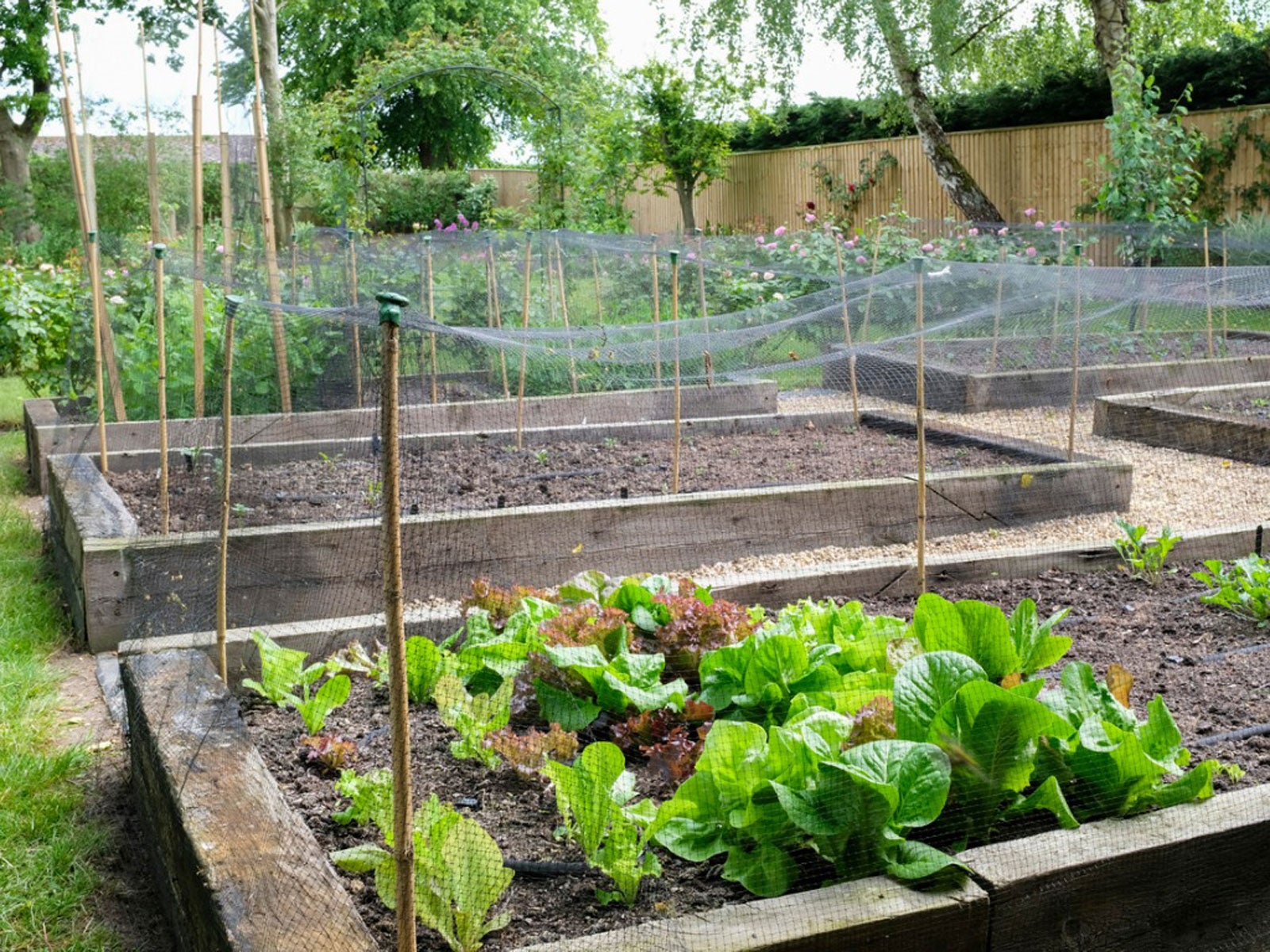Introduction
Raised garden beds are a popular choice for many gardeners, offering numerous benefits such as improved drainage, better soil quality, and easier accessibility. One option that has gained popularity over the years is the use of railroad ties as a material for constructing these beds. However, there are important considerations to keep in mind when using railroad ties in your garden. In this comprehensive guide, we’ll explore the pros and cons, safety concerns, and alternative options to help you make an informed decision.
Understanding Railroad Ties
Railroad ties, also known as sleepers, are treated wooden beams that were traditionally used as support for railroad tracks. These ties were designed to withstand the weight of trains and resist rot, insect infestations, and weathering. To achieve this durability, the wood was treated with various chemical preservatives, the most common being creosote.
The Controversy Surrounding Creosote
Creosote is a distillate of coal tar, containing over 300 different compounds, many of which are known to be toxic and potentially carcinogenic. The primary concern with using creosote-treated railroad ties in garden beds is the potential leaching of these chemicals into the soil, which can then be absorbed by plants and potentially contaminate edible crops.
According to the Environmental Protection Agency (EPA), creosote exposure can pose risks to human health and the environment. The EPA has classified creosote as a restricted-use pesticide, meaning it can only be used in specific industrial applications and not for residential or agricultural purposes.
Potential Risks of Using Railroad Ties in Garden Beds
While the risks associated with using railroad ties in garden beds are not fully understood, several potential concerns have been raised:
- Soil Contamination: As the wood breaks down over time, the creosote and other chemical preservatives can leach into the soil, potentially contaminating it with toxic compounds.
- Plant Uptake: Some studies have suggested that plants grown in soil contaminated with creosote may absorb and accumulate these chemicals, raising concerns about their safety for consumption.
- Groundwater Contamination: If the chemicals from the railroad ties leach into the soil, they may eventually reach and contaminate groundwater sources.
- Skin and Respiratory Exposure: Handling creosote-treated wood can lead to skin irritation or respiratory issues, especially if the wood is sanded or cut, releasing particles into the air.
- Environmental Impact: Creosote and other chemical preservatives can be harmful to soil organisms, beneficial insects, and wildlife that come into contact with the contaminated soil.
Alternatives to Railroad Tie Raised Garden Beds
Given the potential risks associated with using railroad ties in garden beds, it’s essential to consider safer alternatives. Here are some options to explore:
- Untreated Wood: While not as durable as treated wood, untreated Cedar, Redwood, or Locust can last for several years and are safer for gardening purposes.
- Recycled Plastic Lumber: Made from recycled plastic and wood fibers, this material is durable, low-maintenance, and free from chemical treatments.
- Concrete Blocks or Pavers: Concrete blocks or pavers can be stacked to create raised beds and are a long-lasting, chemical-free option.
- Galvanized Metal: Galvanized metal or aluminum raised bed kits are available in various sizes and can provide a modern, durable solution.
- Natural Stone or Bricks: For a more rustic look, natural stone or bricks can be used to construct raised beds, providing a chemical-free and long-lasting option.
Best Practices for Using Railroad Ties
If you choose to use railroad ties in your garden beds despite the potential risks, there are some best practices to follow:
- Use Old and Weathered Ties: Older railroad ties that have been exposed to the elements for several years are likely to have leached out a significant portion of the creosote and other chemicals.
- Line the Beds: Install a plastic or fabric liner between the railroad ties and the soil to create a barrier and prevent direct contact.
- Avoid Direct Contact: Wear gloves and protective clothing when handling railroad ties, and avoid sanding or cutting them to minimize exposure to potential contaminants.
- Monitor Plant Growth: Regularly inspect your plants for any signs of growth abnormalities or distress, which could indicate potential contamination.
- Rotate Crops: Practice crop rotation to reduce the potential buildup of contaminants in the soil over time.
Conclusion
While railroad tie raised garden beds offer a rustic and cost-effective solution, it’s crucial to weigh the potential risks against the benefits. The presence of creosote and other chemical preservatives in railroad ties raises concerns about soil and plant contamination, as well as potential health risks.
If you choose to use railroad ties, it’s essential to follow best practices and consider lining the beds to create a barrier between the treated wood and your soil. Alternatively, exploring safer options like untreated wood, recycled plastic lumber, or natural materials may provide a more environmentally friendly and risk-free solution for your raised garden beds.
Ultimately, it’s essential to prioritize the safety of your garden, your health, and the environment when choosing materials for your raised beds. By staying informed and making an educated decision, you can enjoy the benefits of a bountiful and sustainable garden for years to come.
Why you should NOT use railroad ties for raised garden beds
FAQ
Are railroad ties good for raised garden beds?
Do railroad ties contaminate soil?
Are railway sleepers safe for vegetable gardens?
How long do railroad ties last in a garden?

